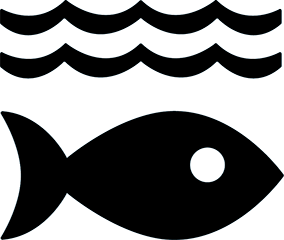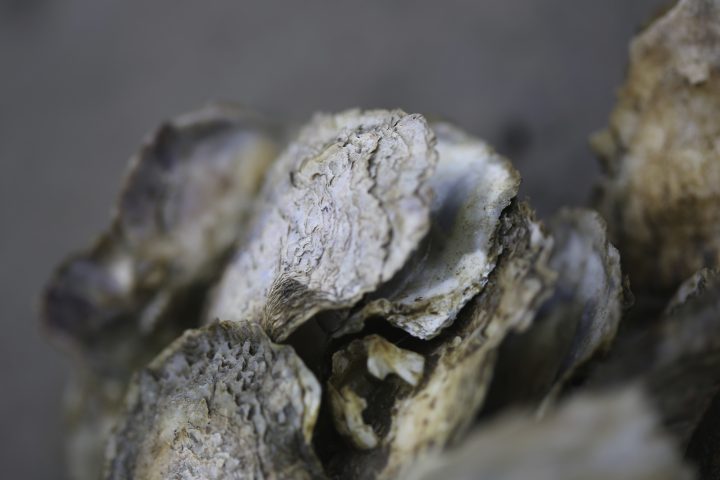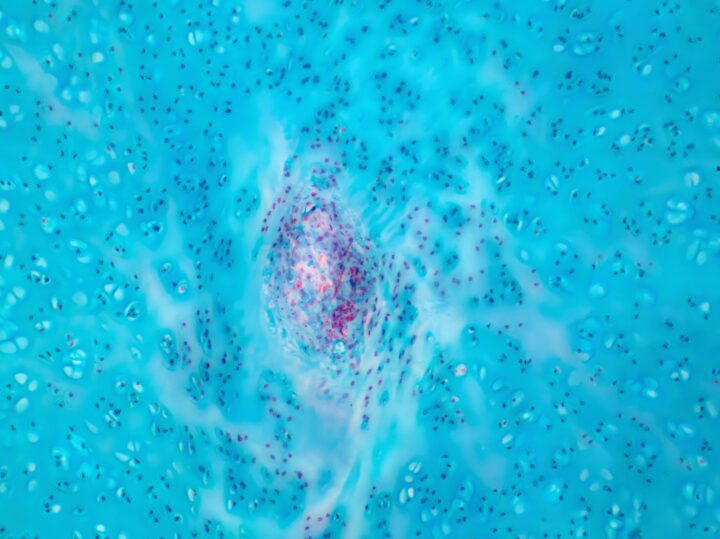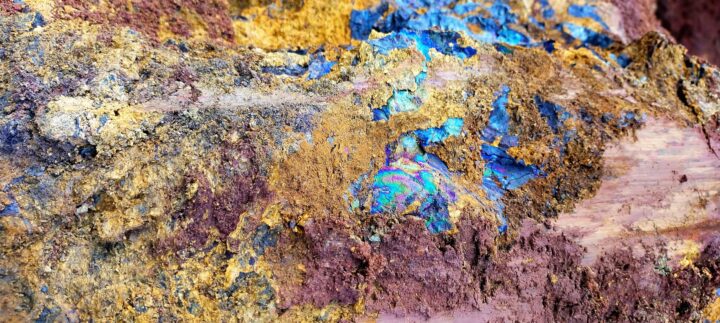ECOncrete from ECOncrete Tech LTD. facilitates the growth and regeneration of local marine species to strengthen structures over time.
Benefits
- Increased biodiversity
- Carbon sequestration
Applications
- Marine infrastructure
UN Sustainable Development Goals Addressed
-

Goal 9: Industry Innovation & Infrastructure
-

Goal 11: Sustainable Cities & Communities
-

Goal 12: Responsible Production & Consumption
-

Goal 14: Life Below Water
-

Goal 15: Life on Land
The Challenge
With more than 50% of the world’s population concentrated along coastlines, accelerated coastal development will likely inflict severe stress on natural ecosystems. Combined with the growing threats of sea level rise and increased extreme weather events, coastlines worldwide will require development, retrofitting and intensive maintenance.
Innovation Details
ECOncrete offers innovative, robust and environmentally sensitive concrete solutions, designed to encourage development of rich and diverse marine life as an integral part of urban and coastal marine infrastructure such as seawalls, breakwaters, bridge foundations and urban waterfronts. The proprietary technology is based on three core elements: bio-enhancing concrete compositions, complex surface textures, and science-based designs, which work in synergy to decrease the ecological footprint of concrete infrastructure while enhancing their strength and durability. Drawing inspiration from marine habitats and organisms, ECOncrete learns from and mimic forms, textures, and chemical properties from beach rock formations, rocky reefs, tide pools, mangrove roots, and other marine habitats and life forms. ECOncrete supports natural processes like calcification and the growth of oysters, corals, tube worms, and the like to help concrete structures become stronger, have a longer service life, and to better cope with extreme weather events and rising seas. The growth of these organisms also acts as an active carbon sink, offsetting some of the huge carbon footprint associated with traditional concrete. Because it increases in strength over time, restores native habitats, and reduces mitigation requirements for infrastructure projects, ECOncrete’s technologies are cost-competitive to traditional large marine infrastructure projects.

Watch how ECOncrete's new design mimics marine habitats and improves biodiversity.
Biological Model
Oysters are vital to coastal ecosystems. Oysters grab on to one another, stacking themselves like stalagmites that grow from the ocean floor. Over time, oyster clumps form extensive reefs that resemble underwater cities. They provide habitat to many aquatic species, filter water and improve its quality, and dampen waves caused by storms and ship traffic, protecting coastlines from erosion.
Ray of Hope Prize
The Ray of Hope Prize® celebrates nature-inspired solutions addressing the world’s biggest environmental and sustainability challenges. Created in honor of Ray C. Anderson, founder of Interface, Inc. and a business and sustainability leader, the $100,000 Ray of Hope Prize helps startups cross a critical threshold in becoming viable businesses by amplifying their stories and providing them with equity-free funding. The prize shines a light on the innovative, nature-inspired solutions that we need to build a sustainable and resilient world. ECOncrete received the 2020 Ray of Hope Prize and was awarded $100,000 for their innovation.





